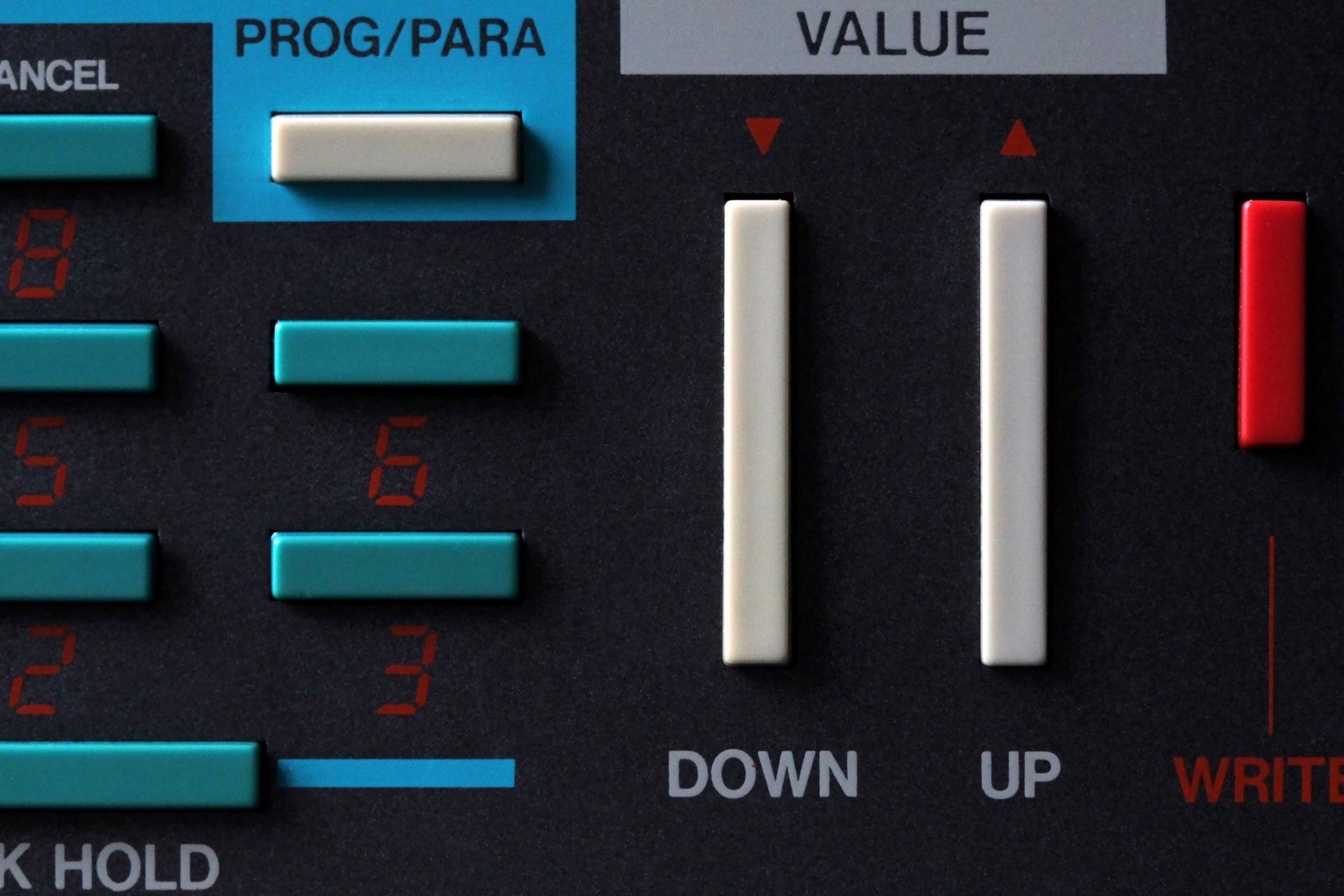These past few months, we've all had to become experts at task switching. But every time you finish one thing and move onto another, there's a cognitive cost involved that builds up as you progress through your workday. Here's how to reduce this and transition between tasks more seamlessly so that you make the most of each and get to 5 PM feeling accomplished rather than exhausted.
Make a Clean Break
The so-called cognitive switching penalty that you incur when changing projects is greater when you flit back and forth between two or more tasks. For example, you start writing a Word document but instead of getting into flow and banging out an entire piece, you frequently check email on your computer and send texts from your phone. As a result, the quality of your writing suffers in your primary task and you also send thoughtless, automaton-like emails and texts because part of your brain is still focusing on your document.
Research conducted by University of Michigan cognitive scientist and his colleagues shows that such task toggling costs you up to 40 percent of your productivity potential, and that bouncing between two tasks increases the time it takes to finish each by 25 percent. This is the curse of what writer and former Microsoft VP Linda Stone calls continuous partial attention, which she defines as, “an always on, anywhere, anytime, any place behavior that creates an artificial sense of crisis” and puts you in a state of high alert that’s both counterproductive and stressful.
The solution? Give what you’re doing your full attention and when you’re done with it, move on to something else without leaving the original document, tab, or application open. Meyer suggests that you also try goal switching, which the American Psychological Association defines as saying to yourself, “I want to do this now instead of that.”
Interval Training for Your Brain
In a previous post, we extolled the virtues of calendar blocking. This isn’t just useful for planning out work-related tasks, but also scheduling brain breaks that will help your mind refresh and reset between tasks. If you’ve ever gotten to the end of a day feeling mentally destroyed, it’s probably because you rode a caffeine wave to crush task after task without taking a break. While you achieved a lot, all that work also took a cumulative toll and that’s why you’re a jabbering wreck who’s good for nothing other than bingeing Netflix.
A better strategy is to pace yourself. It’s great that you’re able to crank when the pressure is on and you’re facing a hard deadline, but just as athletes break up their most intense training sessions into intervals, so too should you learn to combine work and rest periods. To allow your mind to wind down before you rev it up again, make sure that when you finish a demanding task, you step away and do something that has nothing to do with work. This doesn’t mean reaching instinctively for your phone, as Korean researchers concluded that this didn’t allow study participants’ brains to recharge effectively between tasks. Instead, perform a calming ritual like making tea or an energizing one such as banging out a few pullups and jumping jacks. This way, once you come back to the next to-do, you’ll be better able to fully engage.
Reduce Friction
When you’ve got a lot of different projects to work on, it’s hard to know where to start. Techniques like Jocko Willink and Leif Babin’s prioritize and execute are useful in this regard, but when it comes to task switching specifically, does it really matter what you do next after completing an important project? Research suggests that it does. While it’s tempting to follow a complex task with an easier one to give your poor old brain a rest, a study published in Memory & Cognition found that moving between similar projects reduced the cognitive and attentional cost of task switching. This is probably because when you perform two tasks that are alike, your mind doesn’t need to reframe the context of what you’re doing.
One of the other causes of the cognitive switching penalty is that when you’re always “multiswitching” (which is like multitasking, but you’re changing tasks rather than trying to do several simultaneously), you forget where you left off when you pick a project back up after spending time on something else. A simple way to overcome this brain-draining issue is to either jot down what the next step is for each ongoing task in a notebook or to write a prompt like “Find studies to support this” and highlight it in a document before closing it. You could also be more specific when time blocking on your calendar, like labeling tomorrow from 1 to 2 PM as “Finish final three PowerPoint slides for weekly meeting” rather than just “Work on PowerPoint deck.”
Another way to limit the negative task switching is to increase your focus on big projects as often as possible and reduce the number of minutiae that you either plan for or allow to creep into your daily schedule. As The Personal MBA author Josh Kaufman puts it, “The Cognitive Switching Penalty is a Friction cost: the less you switch, the lower the cost.”
Just Breathe
There are several factors that make hours of phone and video so tiring. The most obvious is that you need to be focused enough to put your points across and listen actively so you can respond to what your colleagues have to say. A less apparent one involves the physiology of conversation and, more specifically, how you breathe during it. Having your mouth open a few hours a day triggers a sympathetic response (aka fight or flight) in your autonomic nervous system. This is fine for a few minutes, but if it persists for hours on end, you’ll end up feeling fried afterward.
To solve the problem, make sure that when you finish a long meeting or a series of back-to-back calls, you reset your nervous system with some calm, slow nasal breathing. The simplest method is to spend three to five minutes breathing in and out slowly through your nose. A study published in Frontiers in Psychology found that the sweet spot for this kind of breathing is six breaths a minute. So try inhaling for five seconds and exhaling for five. To increase the relaxation effects, you could lengthen your exhales to eight seconds.
Another reason to build in a few minutes of focused breathing each day is that cognitive work requires more energy than you might imagine, and your brain depletes glucose and oxygen rapidly when you’re focused and flowing. A few minutes of nasal breathing will help ensure that your noggin is getting enough oxygenated blood flow.




















